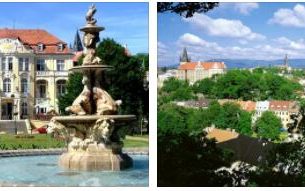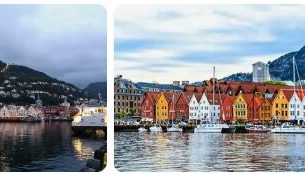The year 2016 marked the 50th anniversary of International Literacy Day, and the United Nations Educational, Scientific and Cultural Organization, UNESCO, celebrated with the slogan “Reading the Past, Writing the Future”, “Reading the Past, Future”. UNESCO officially proclaimed September 8 as International Literacy Day on November 17, 1965. The concept was introduced to highlight the importance of literacy in empowering individuals, communities and societies. According to the UNESCO Institute for Statistics, more than 90% of young people can now read and write compared to 76% 50 years ago. The latest data suggest that 91 percent of 15-24 year olds in North Africa can read and write today, compared to 32 percent for 50 years, about 3 times as much. There are 758 million adults today who are still illiterate, two thirds of whom are women. UNESCO defines the adult literacy rate as the percentage of those ages 15 and above who can read and write, and can understand a simple and short statement about their daily lives. According to data available up to September 2016, the 10 countries with the highest literacy rate are highlighted in this selection. Source: extrareference.com
10. TAJIKISTAN – 99.7810%
Thanks to the former Soviet system of free education, Tajikistan has a high literacy rate despite its poverty. About 25% of girls are still unable to complete compulsory primary education due to gender bias.
9. POLAND – 99.7874%
It is said that the education of Polish society was a goal of the rulers of the nation as early as the 12th century. Even with the great destruction generated in the nation by World War II, the country was able to preserve a large part of its cultural wealth. There are 14 points in Poland on the UNESCO World Heritage list, not to mention 54 “Historical Monuments”.
8. KAZAKHSTAN – 99.7878%
Education in Kazakhstan is universal and fully compulsory for the secondary level. The higher education of Kazakhstan today, through the various universities, institutes, academies, colleges, conservatories, has division into 3 main categories, being basic higher education that presents the fundamental of the field of study selected and directs to baccalaureate. Even specialized higher education, then the students get Specialist Diploma. Also the higher scientific-pedagogical education, which directs to masters.
7. GUAM – 99.7890%
Guam is a member of the exclusive group of 76 land grant institutions in the United States. With a population of 178 thousand, Guamanians are American citizens by “birth”. The island’s military facilities are among US bases of greater strategic significance across the Western Pacific. Spain ceded Guam in the year 1898, with occupation by Japan in 1941, with resumption by the United States 3 years later. Guam features a strategic naval base in the United States, serving as a base for military operations and spying in Oceania and Asia.
6. AZERBAIJAN – 99.8053%
A relatively high percentage of Azerbaijani citizens have obtained some form of higher education, especially in scientific and technical subjects. The country is considered to have a high level of Human Development Index which ranks at the level of most Eastern European countries.
5. LITHUANIA – 99.8233%
The constitution of the Republic of Lithuania makes education compulsory for all children under the age of 16. Education in municipal and state schools for general education, vocational schools, and complementary education schools are available for free.
4. ESTONIA – 99.8235%
According to the International Student Assessment Program, PISA, the performance levels of students in gymnasium age in Estonia are among the highest in the world. Estonia is fourth in this selection, with a mark of 99.8235% of the 10 countries with the highest literacy rate.
3. LATVIA – 99.8927%
Latvia is part of Nordplus, a program that provides financial support for a variety of educational cooperation between partners in the lifelong learning area of participating countries in the Baltic and Nordic regions.
2. UZBEKISTAN – 99.9952%
The free and universal education system of the Soviet Union is the main reason for Uzbekistan’s high literacy rate. Universities in Uzbekistan create almost 600,000 graduates annually. This country in Central Asia is characterized by being one of the republics that comprised the extinct Soviet Union, and is limited to the north by Kazakhstan, and to the east by Kyrgyzstan and Tajikistan, to the south by Afghanistan, and by Turkmenistan to the south and west . It includes besides the main territory, still enclaves of Sokh and Iordan, in Kyrgyzstan. The capital is summed up Tashkent. The nation is frequently the target of the news coverage associated with the ecological disaster of the Aral Sea, almost desertified after the determination of the unsuccessful national irrigation system.
1. DEMOCRATIC PEOPLE’S REPUBLIC OF KOREA, NORTH KOREA – 99.9992%
Virtually the entire population of North Korea is listed as “literate” in its own census, including people up to the age group of 80 and above. Education is financed by the State and is free, compulsory for 11 years. Most trainees in the compulsory program do not go to university. They begin compulsory military service.




